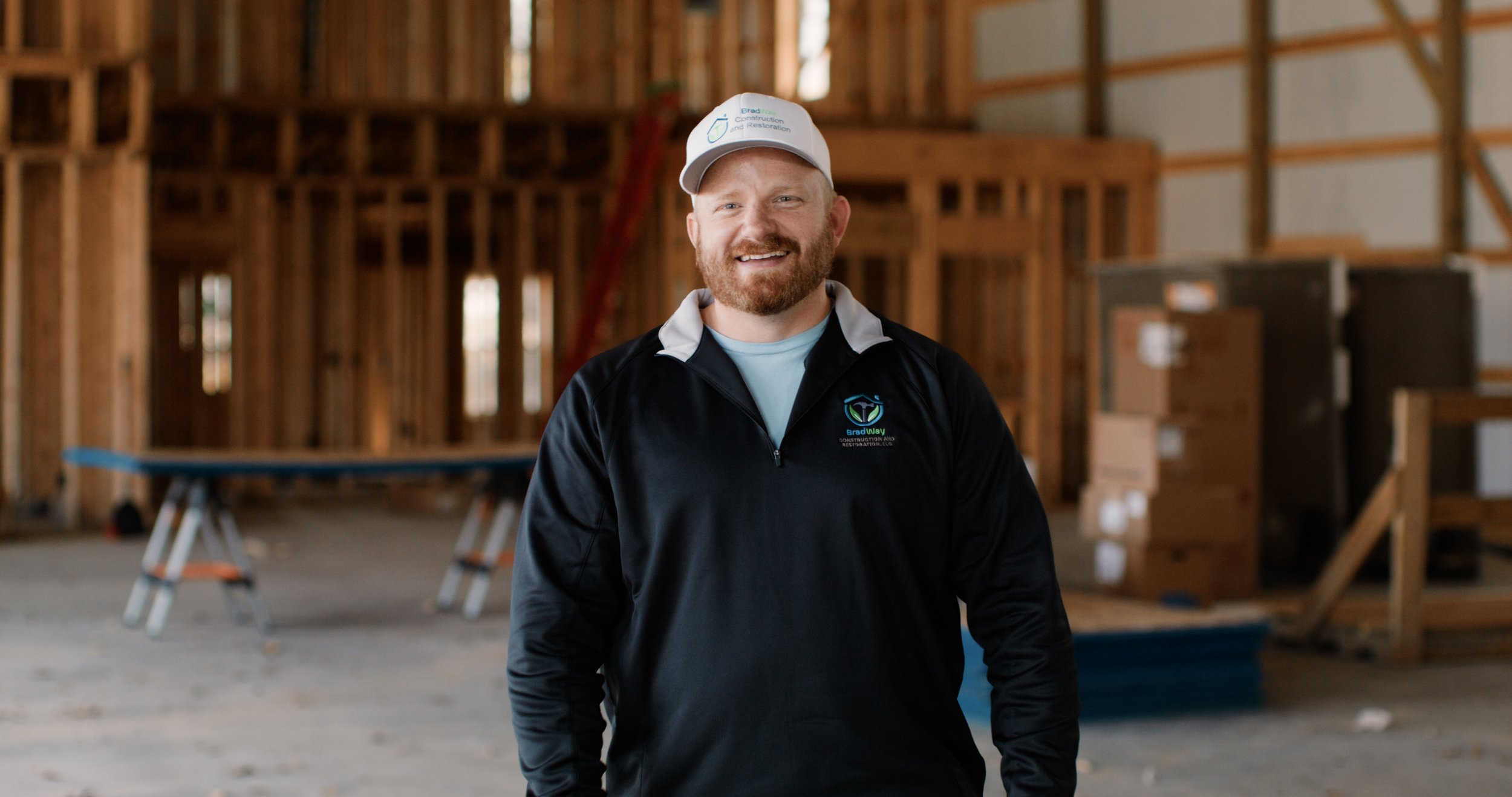5 Elements of a Successful Testimonial Video
And Why They Matter
In today’s age, testimonial videos have become one of the most effective tools for building trust and driving conversions. A well-crafted testimonial video not only tells a story but also humanizes your brand, creating a connection with your audience. Here are five key elements of a successful testimonial video and why they matter.
1. Authentic Storytelling
Authenticity is the backbone of any testimonial video. Audiences can spot fake or scripted testimonials from a mile away. Focus on capturing genuine stories from real customers or clients.
Why It Matters:
Authentic stories resonate with viewers, building credibility and emotional trust. Real people sharing their real experiences create a connection that no amount of traditional advertising can replicate.
Pro Tip: Use open-ended questions during interviews to let your subjects tell their stories naturally.
2. High-Quality Production
While authenticity is important, the production quality must reflect your brand’s professionalism. Poor audio, shaky visuals, or bad lighting can distract viewers and undermine the credibility of the testimonial.
Why It Matters:
Your video is a direct reflection of your brand. High-quality visuals and clear audio keep the focus on the story being told, ensuring your message is received as intended.
Pro Tip: Invest in proper lighting, sound equipment, and editing tools or partner with a professional production team.
3. Emotional Connection
The best testimonials don’t just explain—they make viewers feel something. Highlight the emotions behind the story: satisfaction, relief, excitement, or gratitude.
Why It Matters:
People make decisions based on emotions, even in B2B contexts. A testimonial that sparks a genuine emotional response can drive stronger engagement and conversions.
Pro Tip: Include moments that show emotion—whether it’s a customer smiling, a thoughtful pause, or an excited expression.
4. Strategic Use of B-Roll
B-roll footage is critical for enhancing your testimonial videos. This could include shots of your product in action, the customer’s workspace, or interactions that highlight your service.
Why It Matters:
B-roll provides visual context, making the story more engaging and dynamic. It breaks up talking head shots, keeping viewers interested while reinforcing key points of the testimonial.
Pro Tip: Plan your b-roll strategically. Choose visuals that complement the narrative and add depth to the story.
5. Clear Call-to-Action
A testimonial video should guide viewers on what to do next. Whether it’s visiting your website, scheduling a consultation, or purchasing a product, a strong call-to-action (CTA) ensures the video leads to measurable outcomes.
Why It Matters:
Without a clear CTA, even the most compelling testimonial may fall flat in achieving business goals. Make it easy for viewers to take the next step.
Pro Tip: End the video with a concise, visually appealing CTA that aligns with your marketing objectives.
Conclusion
A successful testimonial video combines authentic storytelling, high production quality, emotional connection, engaging b-roll, and a strong call-to-action. When done right, testimonial videos don’t just tell stories—they create trust, drive engagement, and convert viewers into loyal customers.
If you’re ready to take your testimonial videos to the next level, we’d love to help! At Make Something Media, we specialize in creating videos that connect brands with their audience. Reach out today to learn more.









